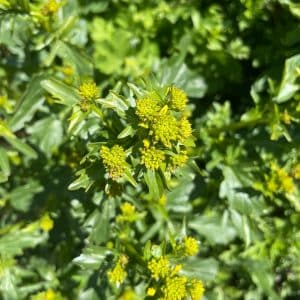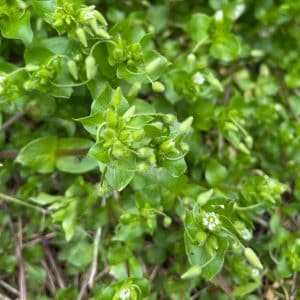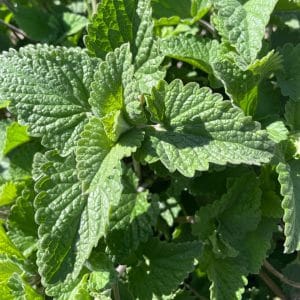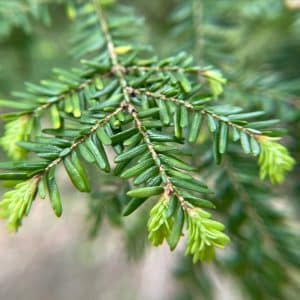Ginger (Zingiber officinale) is a widely used and extremely popular plant utilised primarily for its flavorful roots. It is a herbaceous perennial, and was domesticated through the centuries. You will not typically find ginger growing in its original wild state due to years of selective breeding. It was originally native to the Islands of South East Asia, including the Philippines, Indonesia and Brunei. However due to its immense popularity and transport around the world, ginger is grown and cultivated in many countries.
The plant grows a number of reed like stems that are made up of tightly rolled leaves. The leaves are long and linear and are alternately arranged along the stems. You will typically see ginger growing to roughly 1 meter in height. The rhizomes, or ginger roots, have a textured outer layer and a pale yellow, succulent center. When flowering you will see clusters of pink and white buds that bloom into pale yellow flower heads.
Ginger root can be powdered, dried or used directly in many dishes and desserts and medicines. You will commonly see it being used in many Asian cuisines.
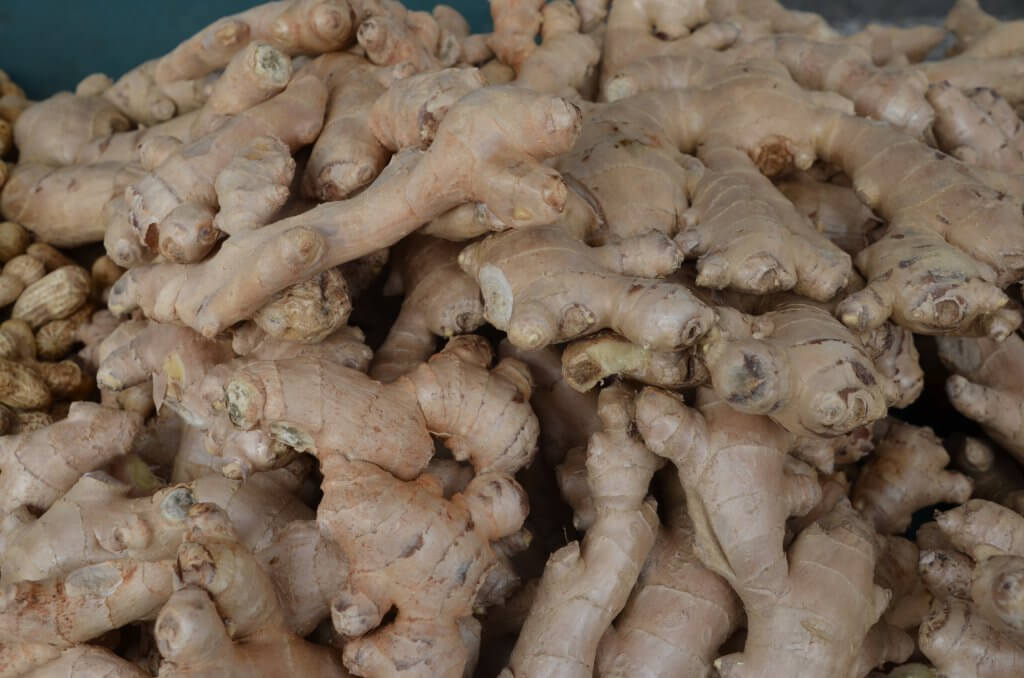
Cultivation and History of Ginger
India and Nigeria are the biggest cultivators of ginger, with China and Indonesia closely following. From a number of spices native to Asia, ginger is thought to be one of the first spices that was traded and exported.
When growing ginger, it is best to plant within a warm and humid climate or environment. The soil needs to be well drained and roughly 30cm deep to allow the roots and rhizomes to form.
If you live within a cooler climate, you can grow ginger indoors. Begin with a living ginger root with buds, you can usually find these in garden centers or nurseries. Or alternatively a friend may be able to cut and share part of their ginger plant root with you. Next you will need to soak the root in warm water for 12 hours. Then fill a plant pot with nutrient rich potting soil, and place the root with the buds facing upwards. A layer of roughly 8cm of soil should be sprinkled on top with a light sprinkling of water. Place the pot somewhere warm, but with little bright light. Keep the soil moist but not wet, then after two to three weeks shoots should begin to appear. You can harvest the ginger root after a few months of growth. Gently dig away some of the soil and cut away part of the root, then replace the soil.
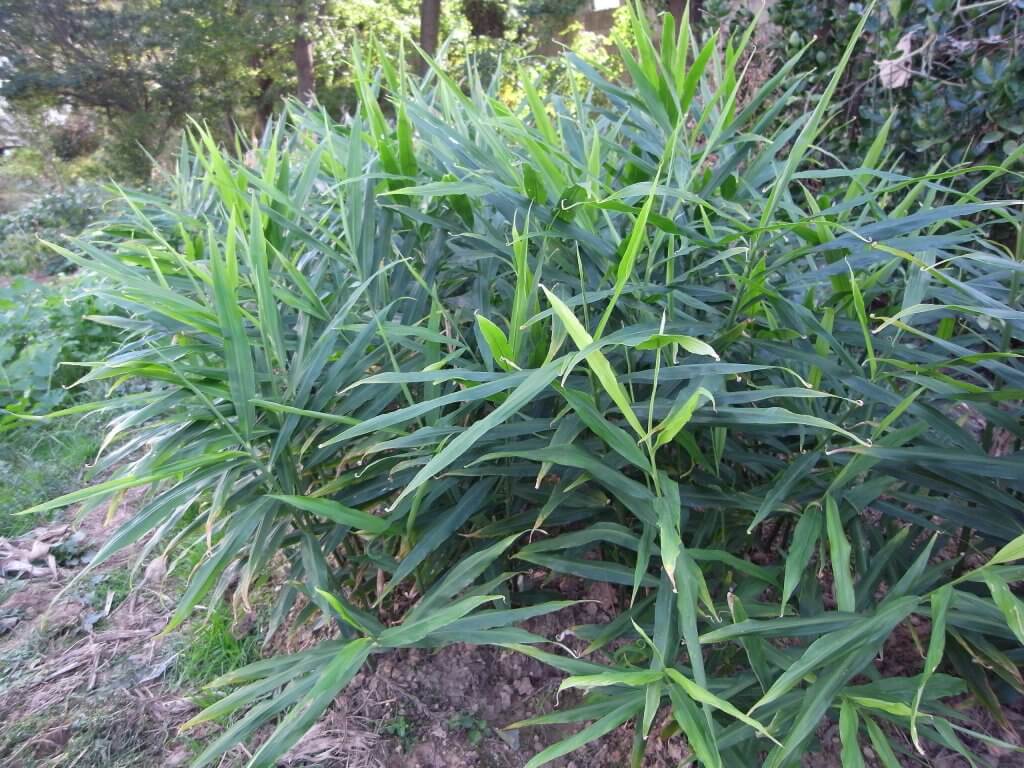
Toxicity
Ginger root is considered safe to eat within quantities suitable for food and herbal drinks. However ginger may interact with some medications like warfarin, if eaten in high amounts. It is best to check with your doctor if you are on any medication and you plan to take ginger as a herbal remedy.
Uses
Culinary uses of Ginger
You can use ginger to flavor and add spice to an incredible variety of dishes. Desserts, curries, stir frys, stews, soups and salads to name but a few. It is particularly popular within many Asian cuisines, like a beef and ginger stir fry or crispy sesame chicken with ginger. Ginger roots can be chopped or grated to be added into dishes. Or alternatively the roots can be sliced and boiled with water to create a ginger tea. Sweeten it with honey and add mint and lemon for a delicious herbal tea.
Alcoholic drinks, ginger candies, pickles and cakes are often flavored with ginger. Popular products that include ginger are ginger beer, pickled ginger and crystallized ginger.
Medicinal uses of Ginger
You can take ginger in a variety of forms to ease nausea and an unsettled stomach. Ginger tea or ginger tablets can be purchased from some chemists, particularly for relieving sea sickness. Many people also claim it helps to soothe muscle pain and provides an anti-inflammatory effect. However there is not much evidence to support this. Some substances within ginger may also provide aid in fighting infections.
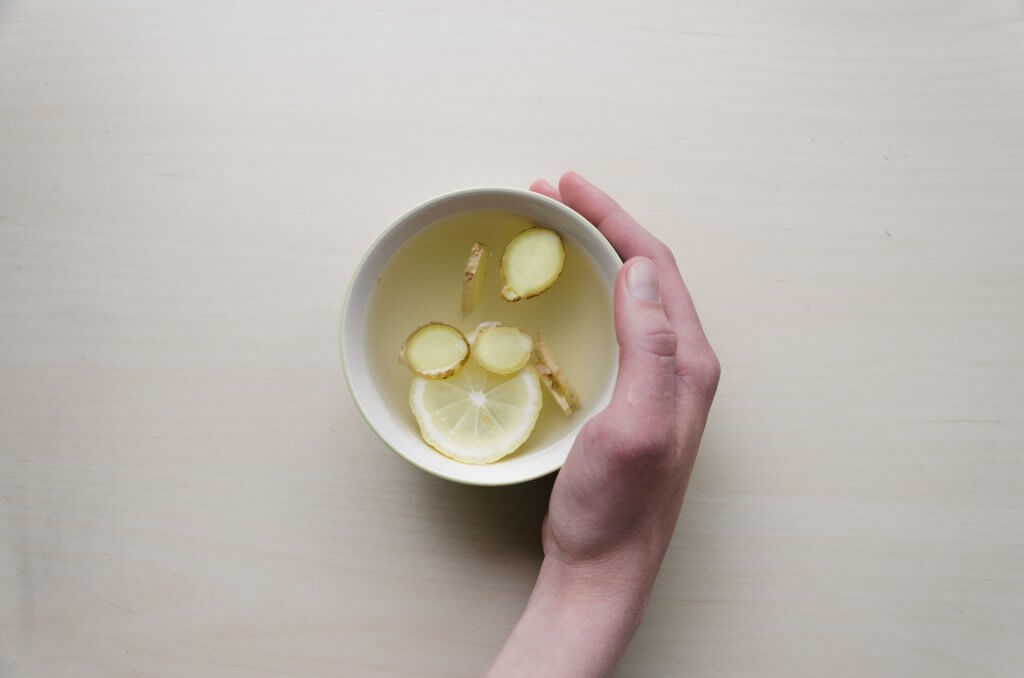
Did you know…
Ginger is a member of the Zingiberaceae family, which includes the spices cardamom and turmeric.
Conclusion
Ginger is a wonderfully fragrant spice to cook with in the kitchen. It can be harvested all year round if kept indoors. It can be experimented with as a flavoring in many different dishes, from salads to desserts. Try your hand at making your own ginger beer, or incorporate it with orange to create a sweet and sticky glaze for ham. The plant itself is also very attractive, with broad ornamental leaves and beautiful flower clusters. Whether used dried or fresh, ginger will add a wonderful flavor to your recipes.
—————Written by Hannah Sweet
Hannah is a freelance writer and graphic designer from the UK. With a penchant for travelling, photography and all things botanical, she enjoys writing about a wealth of topics and issues, from conservation and slow living, to design and travel. Learn more about her writing and design services at www.sweetmeanders.co
Many of our readers find that subscribing to Eat The Planet is the best way to make sure they don't miss any of our valuable information about wild edibles.
See our privacy policy for more information about ads on this site

